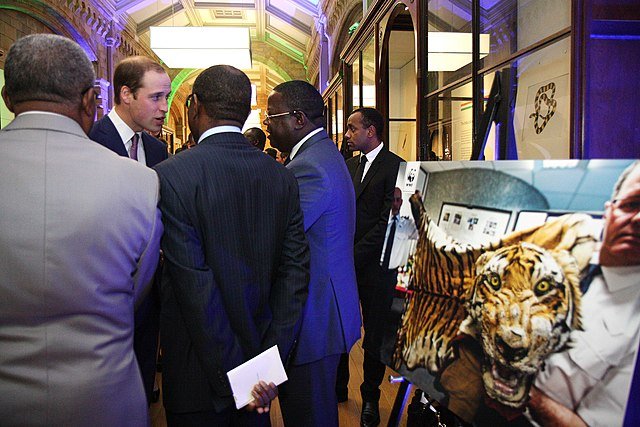The illegal wildlife trade is a shadowy enterprise that lurks beneath the surface of global conservation efforts. In Mexico, this clandestine activity is not just an environmental issue; it is a crisis that strikes at the heart of biodiversity. As one of the world’s most biologically diverse countries, Mexico is home to a myriad of unique flora and fauna. Unfortunately, these living treasures are increasingly at risk as poaching and illegal trade continue to escalate. This article delves into the intricate web of consequences that illegal wildlife trade weaves across Mexico’s ecosystems, highlighting the urgent need for action.
The Rich Biodiversity of Mexico

Mexico is a veritable kaleidoscope of life, hosting over 200,000 different species. From the jaguars prowling the Yucatán Peninsula to the vibrant monarch butterflies migrating through Michoacán, the country is a sanctuary for wildlife. Its diverse ecosystems range from deserts and forests to coastal waters, each supporting unique assemblages of species. This vast biodiversity is not just a source of national pride; it plays a critical role in maintaining global ecological balance. However, this rich tapestry of life is under siege from illegal wildlife trade, threatening the very foundations of these ecosystems.
The Scale of Illegal Wildlife Trade in Mexico
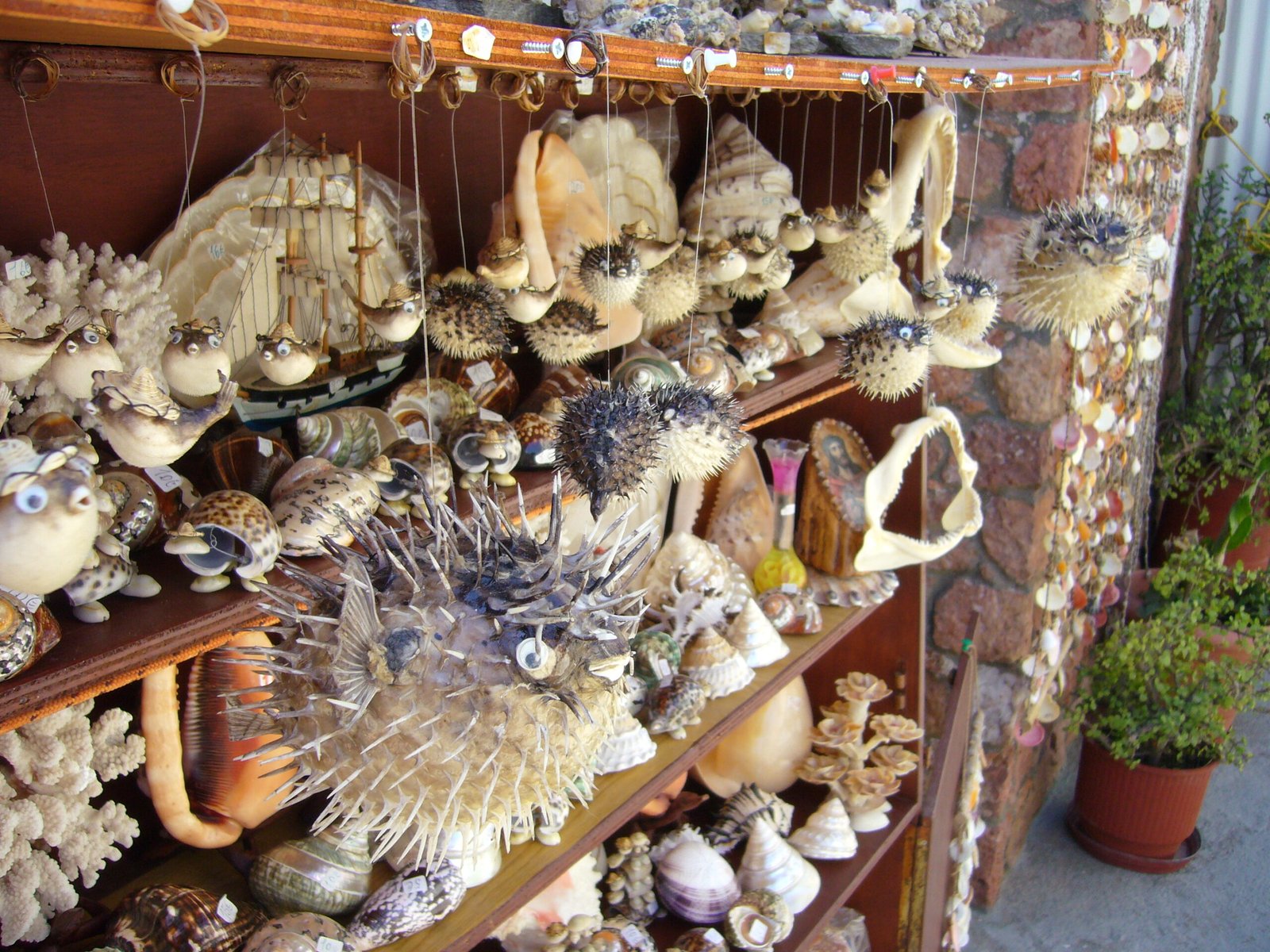
Illegal wildlife trade in Mexico is a multi-million-dollar industry that operates both domestically and internationally. The trade involves a wide array of species, including reptiles, birds, and mammals, many of which are endangered. The illegal market is driven by demand for exotic pets, traditional medicine, and ornamental products. This trade is not only detrimental to the species being trafficked but also has far-reaching implications for entire ecosystems. The removal of key species can lead to imbalances, triggering a cascade of negative effects across the food chain.
Economic Drivers Behind the Trade
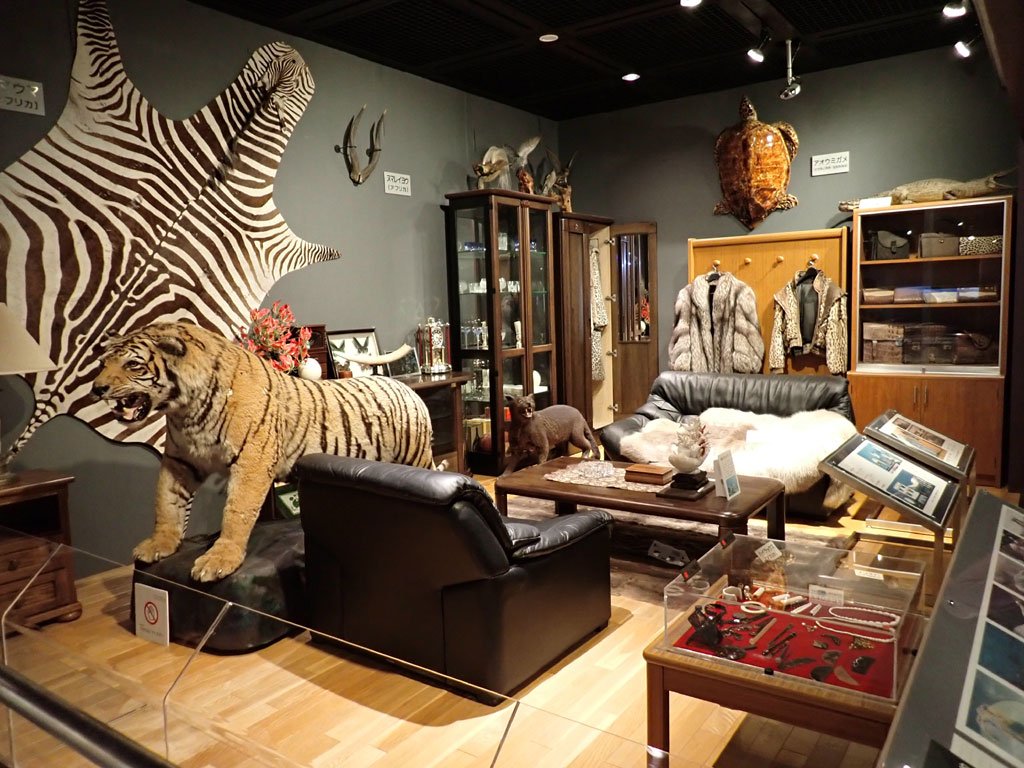
The illegal wildlife trade is fueled by economic incentives that are hard to resist for many impoverished communities. In areas where opportunities are scarce, the promise of quick profits from poaching can be alluring. Economic hardship often pushes individuals to engage in illegal activities, further entrenching the cycle of poverty and environmental degradation. Understanding these economic drivers is crucial for developing effective conservation strategies that address the root causes of illegal wildlife trade.
Ecological Consequences of Poaching
Poaching has devastating ecological consequences, leading to the decline of species populations and the disruption of natural processes. When key species are removed from an ecosystem, it can result in trophic cascades, where the effects ripple through the entire food web. For example, the poaching of apex predators like jaguars can lead to overpopulation of prey species, which in turn affects vegetation and other wildlife. Such imbalances can weaken ecosystems, making them more vulnerable to other threats such as climate change and habitat destruction.
The Role of Corruption and Weak Enforcement
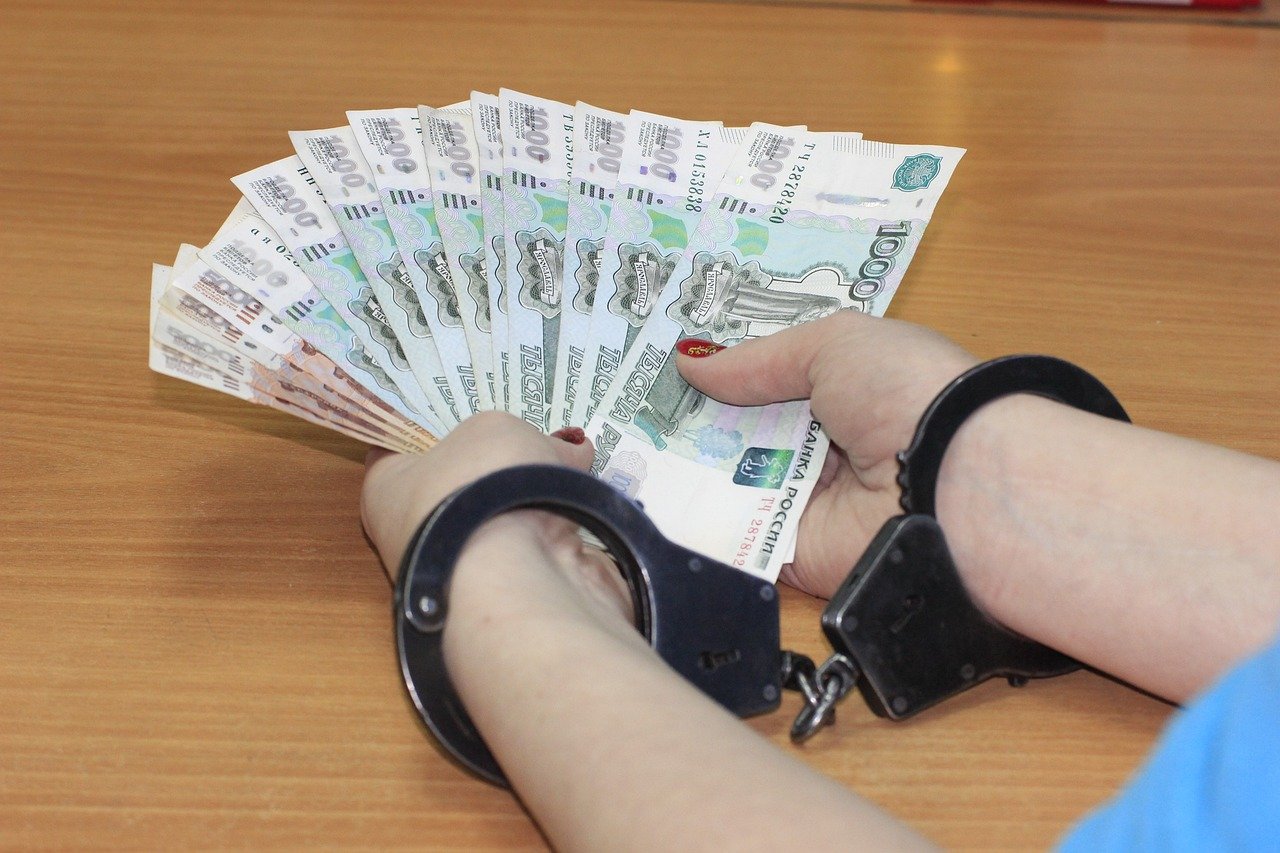
Corruption and weak law enforcement are significant barriers to combating illegal wildlife trade in Mexico. Bribery and lack of political will often allow traffickers to operate with impunity. Law enforcement agencies are frequently under-resourced and lack the training necessary to tackle sophisticated trafficking networks. Strengthening the rule of law and increasing transparency in governance are essential steps in curbing wildlife crime. Efforts must also be made to build capacity among local enforcement agencies to effectively address this complex issue.
Conservation Efforts and Community Involvement

Conservation efforts in Mexico are increasingly focusing on community involvement as a means to combat illegal wildlife trade. Local communities play a pivotal role in safeguarding natural resources and can be powerful allies in conservation initiatives. By providing alternative livelihoods and fostering a sense of stewardship, communities can be empowered to protect their local ecosystems. Education and awareness campaigns are also vital in changing attitudes towards wildlife and promoting sustainable practices.
International Cooperation and Policy Measures

The global nature of illegal wildlife trade necessitates international cooperation and robust policy measures. Mexico is party to several international agreements aimed at curbing wildlife crime, such as the Convention on International Trade in Endangered Species (CITES). These agreements provide a framework for countries to work together in combating trafficking and protecting endangered species. However, effective implementation of these agreements requires political commitment and coordinated action at both national and international levels.
Impact on Genetic Diversity
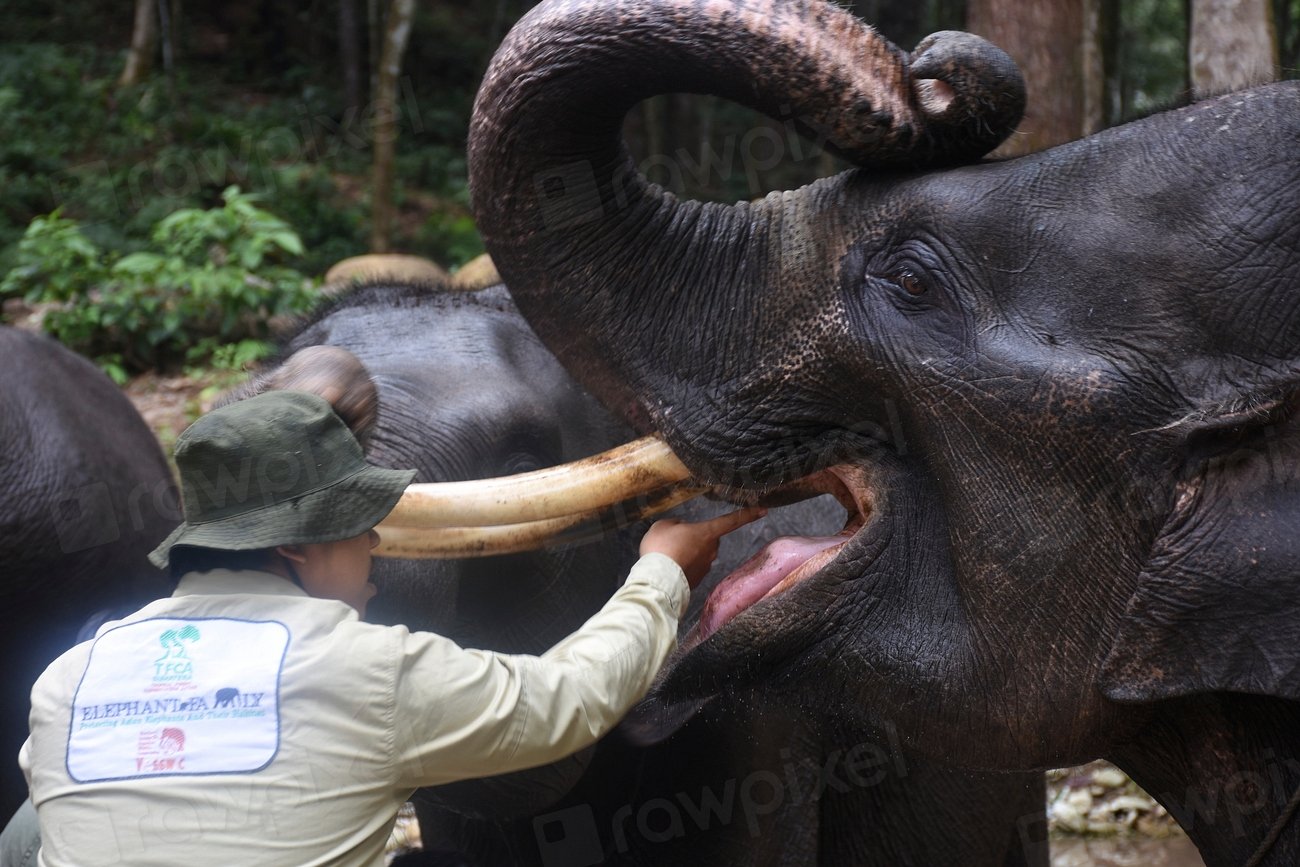
Illegal wildlife trade poses a significant threat to genetic diversity, which is crucial for the resilience of ecosystems. The removal of individuals from their natural habitats can lead to reduced genetic variability, making populations more susceptible to disease and environmental changes. This loss of genetic diversity can have long-term implications for species survival and ecosystem stability. Protecting genetic diversity is therefore an essential component of conservation strategies aimed at mitigating the impact of illegal wildlife trade.
The Human-Wildlife Conflict
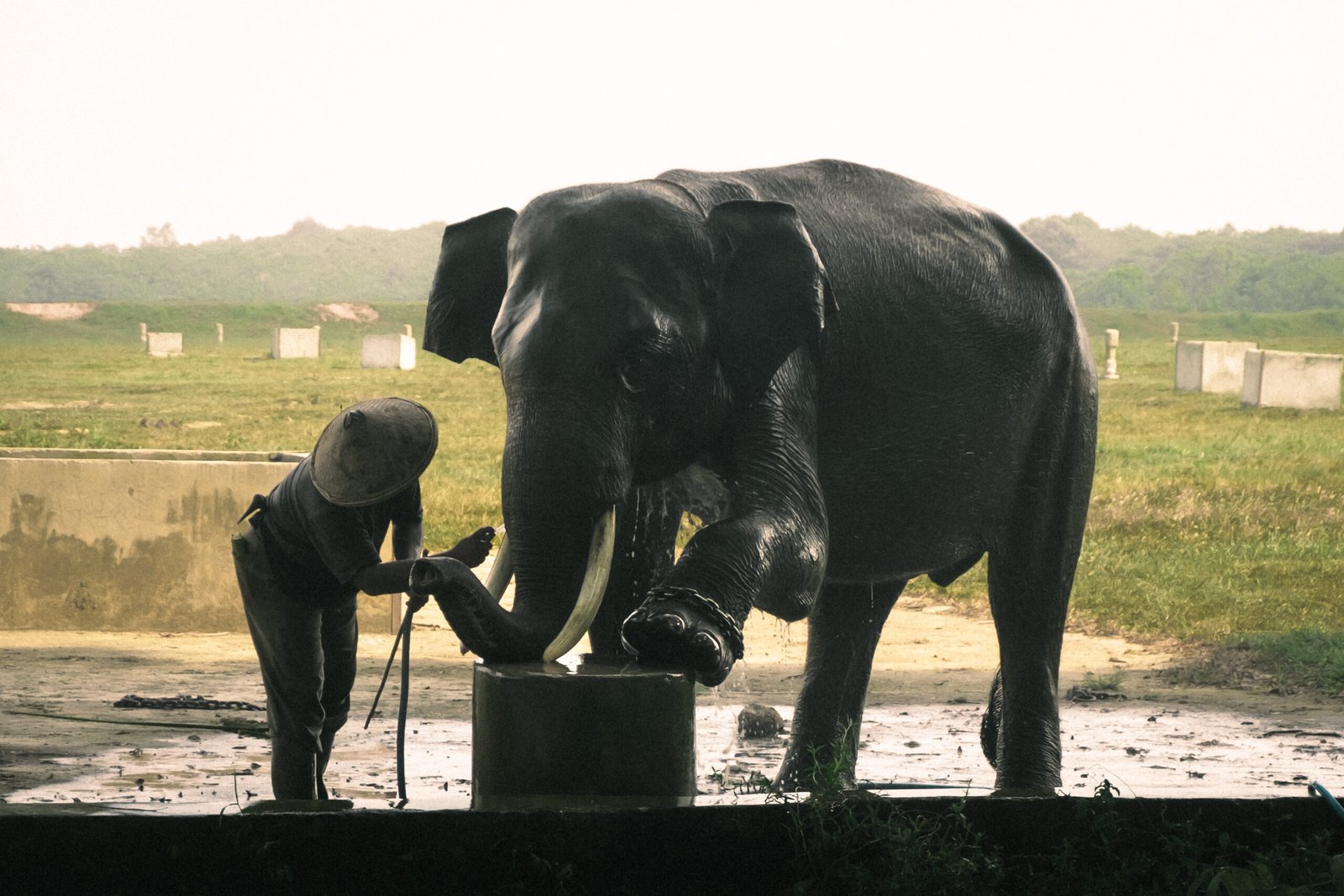
Illegal wildlife trade exacerbates human-wildlife conflict, as communities struggle to coexist with wildlife populations affected by poaching. The depletion of natural resources and habitat destruction often lead to increased encounters between humans and wildlife, resulting in negative outcomes for both parties. Addressing human-wildlife conflict requires a holistic approach that considers the needs of both people and wildlife. By fostering coexistence and promoting sustainable resource management, conflicts can be minimized, benefiting both local communities and wildlife.
Education and Awareness as Tools for Change
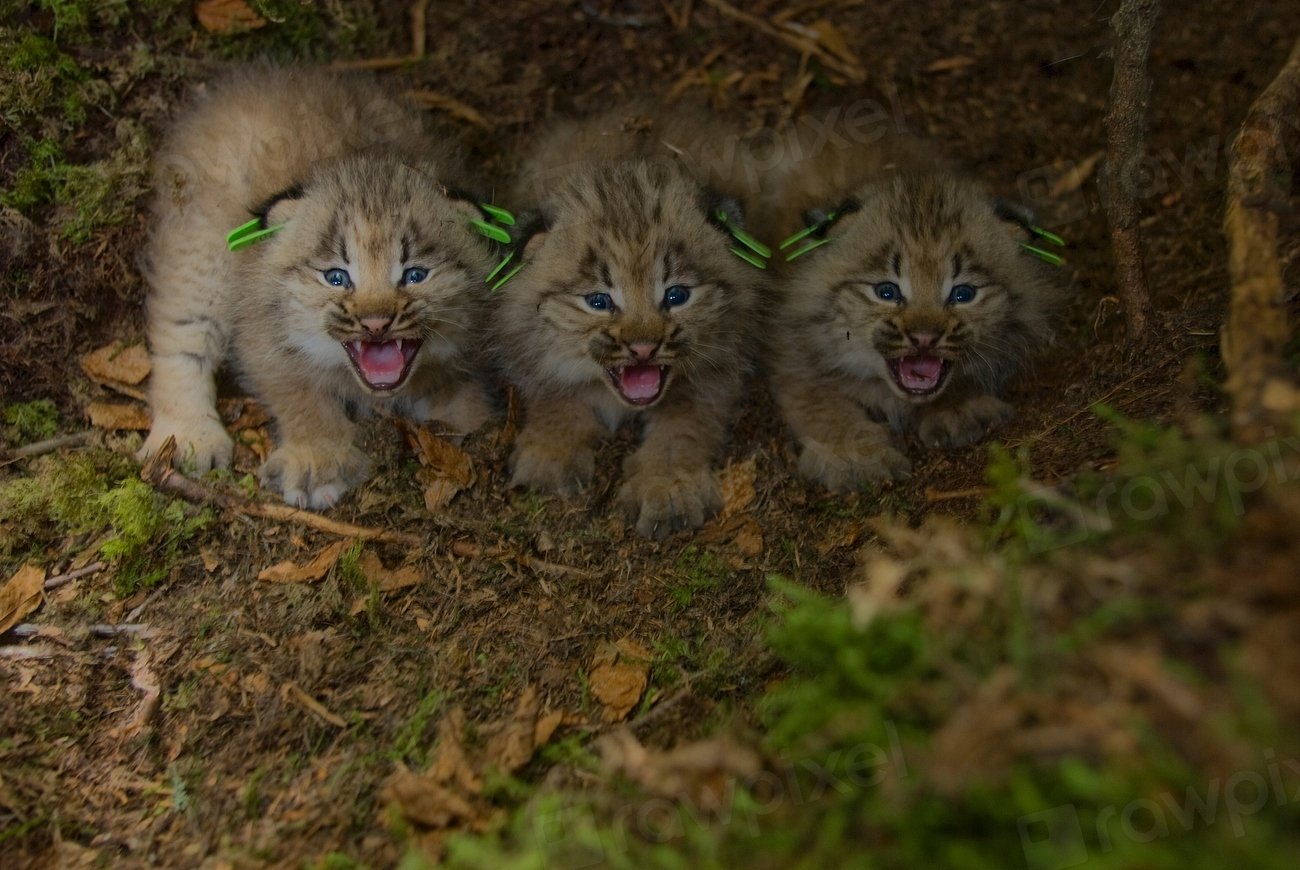
Raising awareness and educating the public about the impact of illegal wildlife trade is crucial for driving change. Public awareness campaigns can help shift perceptions and reduce demand for illegal wildlife products. Education initiatives in schools and communities can foster a deeper understanding of the importance of biodiversity and conservation. By empowering individuals with knowledge, they can become advocates for wildlife protection and play an active role in safeguarding Mexico’s ecosystems for future generations.

